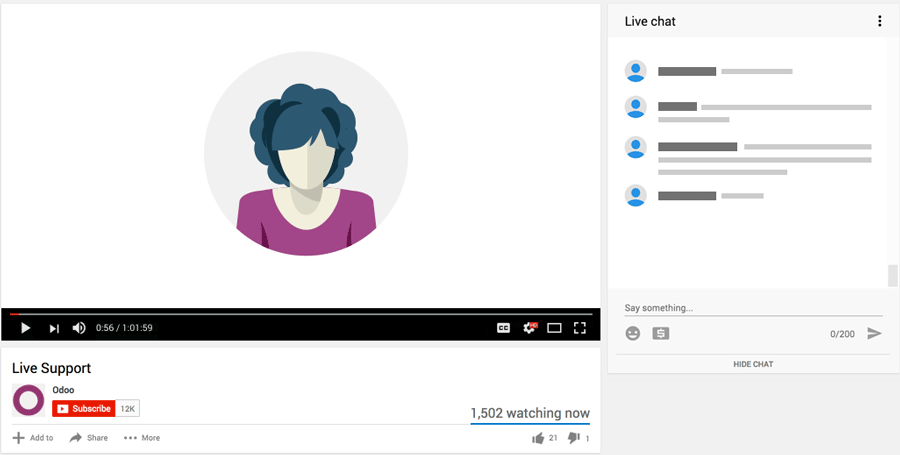Solution. 🥸
➡️ Part 1 – Initial Configurations:
By default, there is a way to solve this, but a couple of settings must be configured in advance:
Within Inventory settings, activate the checkbox “Multi-Step Routes”.

Inside Inventory, go to “Routes”, use the search bar to filter by “Archived”.

The system will display archived routes, select the route “Replenish on Order (MTO)” and “Unarchive” it.

- Point of Sale Configuration:
In POS settings, enable the checkbox “Allow Ship Later” and set the route configuration as follows:

The product you configure must meet the following checklist:
- Active checkboxes: “Point of Sale” and “Purchase”.
- Under the “Purchase” tab, add the supplier from whom the product will be purchased.
- Under the “Inventory” tab, activate the checkbox “Replenish on Order (MTO)”.


➡️ Part 2 – Workflow:
Once these configurations are done, the workflow is divided into two parts:
Open the POS session and select the products to sell. It’s important not to forget to select the product previously configured with the MTO route. Also, select the customer* for whom you are making the sale, and click on “Payment”.

⚠️
*Note: The customer must have a complete address to use the “Ship Later” option. Example:

On the payment screen, click the “Ship Later” button and select the planned delivery date for the customer’s order.

Finally, validate your payment and complete the sales process.
- Purchases Module Workflow:
Back in the backend, under the Purchase module, a request for quotation should have been automatically created for the supplier selected in the product template.

Enter the RFQ and confirm it to generate the purchase order for the supplier. Once the product arrives, don’t forget to receive it and finalize delivery to the customer.
With this guide, you can generate automatic purchase orders from your POS in a standard way! 🤓
